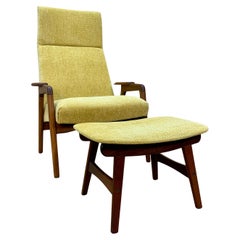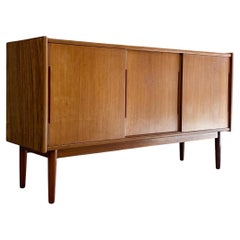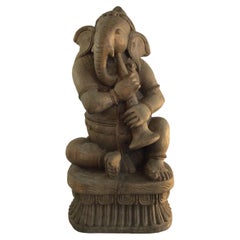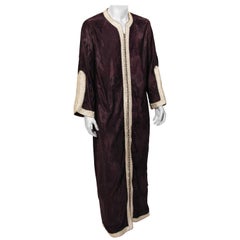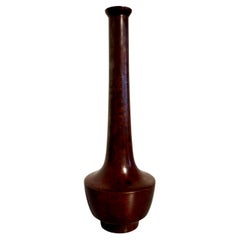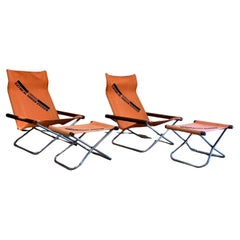1960s Asian Art and Furniture
Mid-Century Modern Vintage 1960s Asian Art and Furniture
Wood
Mid-Century Modern Vintage 1960s Asian Art and Furniture
Teak
Unknown Vintage 1960s Asian Art and Furniture
Wood
Moroccan Moorish Vintage 1960s Asian Art and Furniture
Metallic Thread
Japanese Showa Vintage 1960s Asian Art and Furniture
Bronze
Mid-Century Modern Vintage 1960s Asian Art and Furniture
Beech
Mid-Century Modern Vintage 1960s Asian Art and Furniture
Teak, Walnut
Vintage 1960s Asian Art and Furniture
Wood
Japanese Showa Vintage 1960s Asian Art and Furniture
Porcelain
Mid-Century Modern Vintage 1960s Asian Art and Furniture
Teak
American Vintage 1960s Asian Art and Furniture
Wood
Beninese Folk Art Vintage 1960s Asian Art and Furniture
Bronze
Mid-Century Modern Vintage 1960s Asian Art and Furniture
Jacaranda
Vintage 1960s Asian Art and Furniture
Wood
Japanese Vintage 1960s Asian Art and Furniture
Paper
Japanese Japonisme Vintage 1960s Asian Art and Furniture
Silk, Wood
Mid-Century Modern Vintage 1960s Asian Art and Furniture
Teak
Mid-Century Modern Vintage 1960s Asian Art and Furniture
Wood
Japanese Vintage 1960s Asian Art and Furniture
Wood
Japanese Japonisme Vintage 1960s Asian Art and Furniture
Silk, Wood
French Mid-Century Modern Vintage 1960s Asian Art and Furniture
Ceramic
Japanese Japonisme Vintage 1960s Asian Art and Furniture
Gold Leaf
Italian Vintage 1960s Asian Art and Furniture
Glass
Japanese Japonisme Vintage 1960s Asian Art and Furniture
Silk, Wood
Turkish Vintage 1960s Asian Art and Furniture
Silk
Italian Mid-Century Modern Vintage 1960s Asian Art and Furniture
Teak
Javanese Folk Art Vintage 1960s Asian Art and Furniture
Cotton
American Brutalist Vintage 1960s Asian Art and Furniture
Resin, Wood
American Brutalist Vintage 1960s Asian Art and Furniture
Resin
Chinese Ming Vintage 1960s Asian Art and Furniture
Porcelain
Japanese Other Vintage 1960s Asian Art and Furniture
Aluminum
Mid-Century Modern Vintage 1960s Asian Art and Furniture
Teak
Indonesian Folk Art Vintage 1960s Asian Art and Furniture
Cotton
Mid-Century Modern Vintage 1960s Asian Art and Furniture
Teak
Mid-Century Modern Vintage 1960s Asian Art and Furniture
Rosewood
Mid-Century Modern Vintage 1960s Asian Art and Furniture
Leather
Danish Vintage 1960s Asian Art and Furniture
Metal
American Vintage 1960s Asian Art and Furniture
Metal
Moroccan Moorish Vintage 1960s Asian Art and Furniture
Gold, Metallic Thread
Japanese Showa Vintage 1960s Asian Art and Furniture
Wood, Paper
Mid-Century Modern Vintage 1960s Asian Art and Furniture
Wood
Persian Tabriz Vintage 1960s Asian Art and Furniture
Wool
American Vintage 1960s Asian Art and Furniture
Wood
American Vintage 1960s Asian Art and Furniture
Wood
Chinese Chinoiserie Vintage 1960s Asian Art and Furniture
Wood
Mid-Century Modern Vintage 1960s Asian Art and Furniture
Teak
Japanese Showa Vintage 1960s Asian Art and Furniture
Paper
Vintage 1960s Asian Art and Furniture
Teak
Mid-Century Modern Vintage 1960s Asian Art and Furniture
Teak
Indonesian Folk Art Vintage 1960s Asian Art and Furniture
Cotton
Mid-Century Modern Vintage 1960s Asian Art and Furniture
Teak
Mid-Century Modern Vintage 1960s Asian Art and Furniture
Wood
Japanese Showa Vintage 1960s Asian Art and Furniture
Wood
Vintage 1960s Asian Art and Furniture
Teak
Mid-Century Modern Vintage 1960s Asian Art and Furniture
Teak
Philippine Vintage 1960s Asian Art and Furniture
Stone, Brass
European Mid-Century Modern Vintage 1960s Asian Art and Furniture
Paper
Folk Art Vintage 1960s Asian Art and Furniture
Teak
Chinese Vintage 1960s Asian Art and Furniture
Wool, Cotton, Silk
European Mid-Century Modern Vintage 1960s Asian Art and Furniture
Paper
Read More
Symbols of Happiness and Rebirth Adorn This Japanese Satsuma Bowl
Decorated with white cranes and the sought-after thousand-butterflies motif, the Meiji-period vessel offers both a celebration of traditional aesthetics and a clear reflection of the era’s appetite for exquisite export pieces.
Chicago’s Pagoda Red Has a Spirited Mix of Asian Antiques and Bold New Art
For 25 years, gallerist Betsy Nathan has leveraged her keen eye and key connections to bring a unique selection of rare finds to the market.
In L.A., Gallerist JF Chen Has Long Championed Eclectic Blue-Chip Design
Now working alongside his daughter Bianca, dealer Joel Chen has presented a most covetable array of antiques, art and contemporary creations for more than 40 years.
12 Calming Spaces Inspired by Japanese Design
From cherry-blossom-adorned walls paired with glamorous lighting to wood-paneled ceilings above checkerboard-patterned chairs, these 12 spaces seamlessly blend Eastern and Western aesthetics.
Rodrigo Rivero Lake’s Mexico City Showroom Is a Museum-Worthy Trove of Spanish Colonial and Asian Antiques
The dealer and curator has spent the past 50 years amassing a collection of exceptional art, furniture and architectural elements that trace the cultural influence of the Spanish empire from Europe to the Americas and beyond.
16 Refined Asian-Inspired Interiors
These spaces exemplify how Eastern elements elevate a home's decor.
